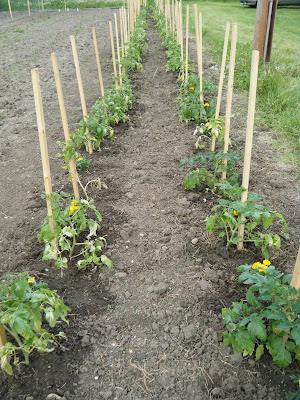Happy New Years!
And for interest's sake, here is the Farmer's Almanac weather forecast for the prairies for 2011....
Annual Weather Summary: November 2010 to October 2011
Winter will be 2 to 4 degrees C colder than normal, on average, with the coldest weather in mid-January and other cold periods from the second half of December through much of January and in mid- and late February. Precipitation will be a bit above normal, with above-normal snowfall, especially in Manitoba. The heaviest snowfalls will occur in early and mid-November, late December, and late February.
April and May will be much cooler than normal, with near-normal precipitation. Snowfall will be above normal, with late-season snowfalls in early and mid- to late April.
Summer will be drier than normal, with temperatures below normal in Alberta and Saskatchewan and above normal in Manitoba. The hottest temperatures will occur in early to mid-July and mid-August.
September and October will be drier and slightly warmer than normal.






























